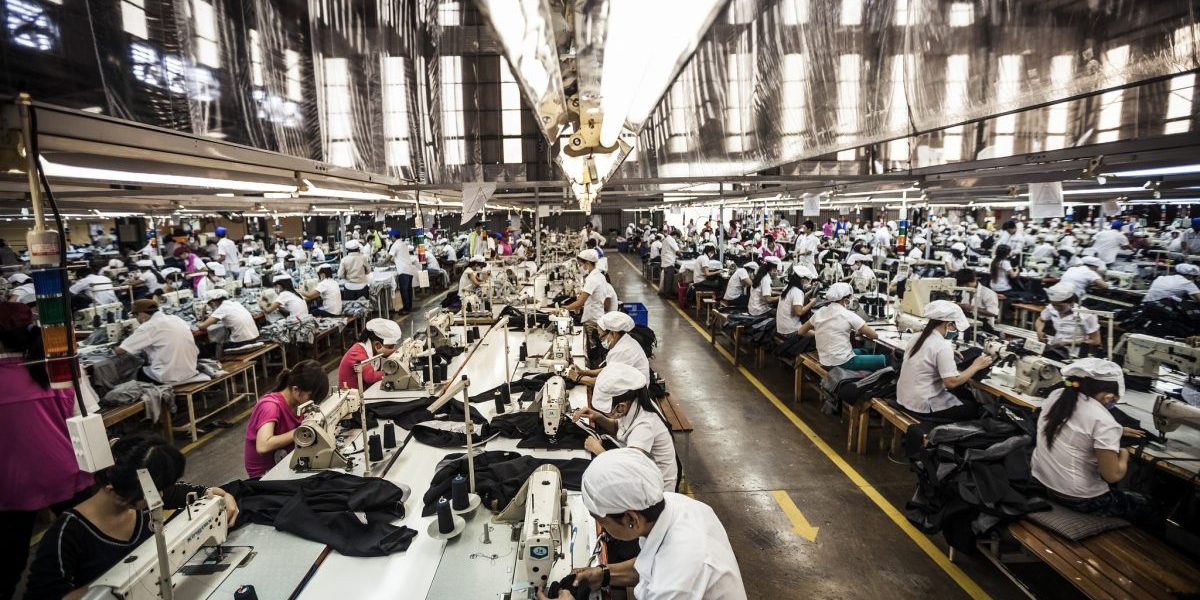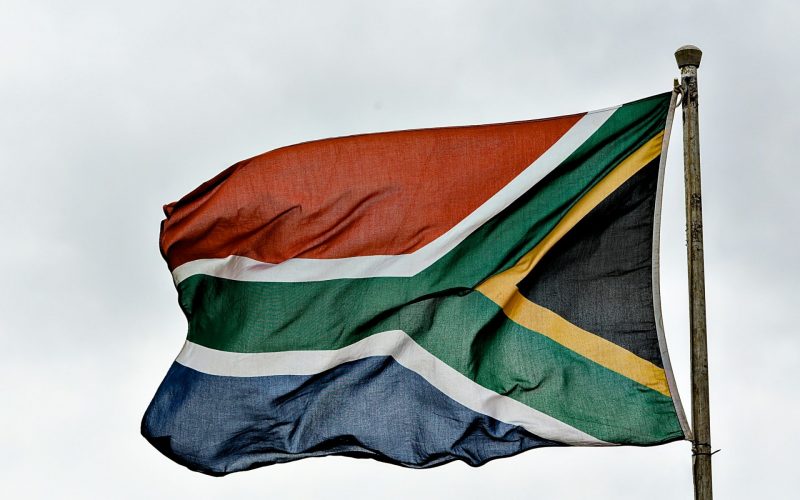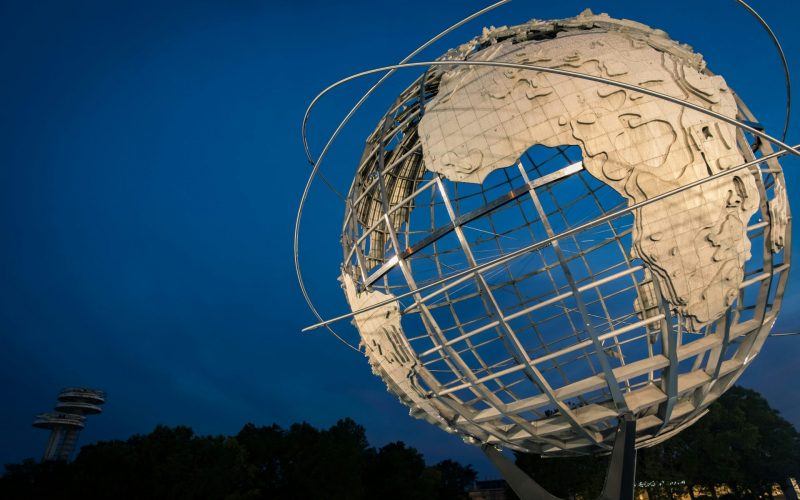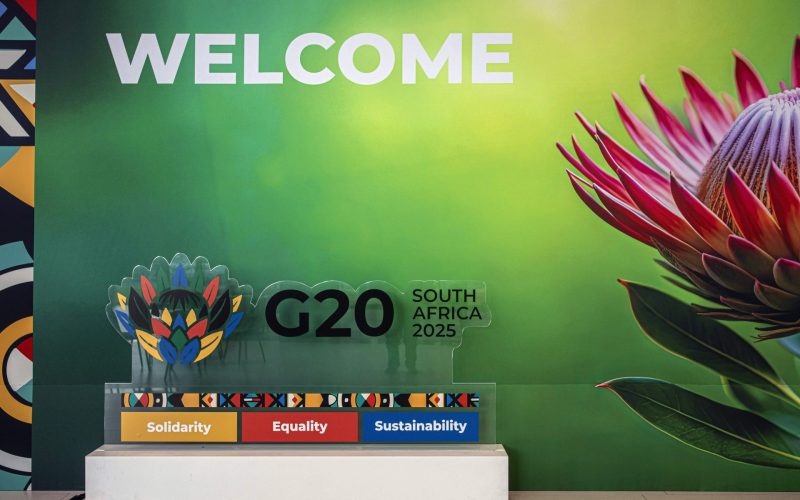The quotas, formally known as the Multi-Fibre Agreement (MFA), allowed North American and European producers to impose import quantity restrictions on designated textile and clothing goods from exporting states. Adopted in 1974 as part of the General Agreement on Trade and Tariffs (GATT), the provisions were designed to enable industrialised nations to reform their textile and clothing sectors to enhance their competitiveness against low-cost manufacturers in developing countries.
The terms of the expiration were set a decade ago, when the world’s poorer countries, clamouring for greater access to more lucrative Northern markets for their goods, agreed to observe intellectual property rights in exchange for the removal of the MFA barriers.
But contrary to the initial euphoria that greeted the pact to eliminate the quotas in 1994, the final phase of the sector’s liberalisation has roused new fears among developing countries heavily reliant on textile and clothing exports that China and India will squeeze them out of the profitable US and EU markets just as they are opening up. Globally, the textile and clothing sector, amounting to about $350 billion annually, accounts for 8% of all trade in manufactured goods.
Their fears are waking to an unsettling reality, as African textile mills have shed more than 80,000 jobs since 1995 and several have already closed this year in Lesotho, Kenya and Swaziland.
What, then, can developing states generally, and African countries specifically, do to retool their textile industries to compete in a more competitive global environment?
Background
Building on bilateral trade restraints that began in the 1950s, the MFA was the first multilateral agreement governing international trade in textiles. In order to compensate for the comprehensive limitations on imports from developing nations, however, the agreement required industrialised countries to gradually expand the quotas they imposed under its terms. They did so either through the removal of some products from the restricted list or through the incremental expansion of the quotas on restricted products. For the most part, the US, Europe and Canada implemented the measures and tariffs to extend trade preferences to some trade partners, notably the least-developed countries. Even so, the GATT allowed importing countries to retain considerable protection for the most ‘sensitive’ products.
The decision to terminate the textiles and clothing quota regime by 2005 formed an essential part of the wide-ranging package agreed at the end of the Uruguay Round trade negotiations in 1994. The trade off between reduced market barriers and protections for international property rights laid the basis for the adoption by members of the World Trade Organisation (WTO) of the Agreement on Textiles and Clothing (ATC) in 1995.
For importing countries, the MFA helped keep uncompetitive industries artificially alive and postponed painful adjustment by domestic producers, while increasing consumer prices. Among the exporting countries, it created losers out of efficient producers by capping their sales at levels below their potential. It also ensured that other countries benefitted by receiving quotas bigger than the sales they could have secured in competitive markets. By encouraging specialisation based on quota allocation, rather than on comparative advantage, it increased the dependence of exporting countries on targeted markets.
A paper published by the WTO in August 2004 concluded that China and India were poised to dominate the global markets after the removal of the import quotas. During the period 1995-2002 China’s global market share of clothing and textiles grew from 22.5% to 30% and from 16% to 22%, respectively. After the removal of quotas, China alone could capture about 50% of the US market share, the study found.
The WTO study has also pointed out that exporters who are most likely to lose market share are those that are geographically located far from the crucial markets of North America and Western Europe and those that currently enjoy either quota or tariff-free access to the US and EU markets.
A study by the Washington-based National Council of Textile Organisations confirms this. China, the Council found, has already secured 72% of the market share in 29 clothing categories relieved of quota restraints earlier, in 2002, and Chinese shipments to the US have risen more than eleven-fold. The share of the market held by other countries plunged to 28% from 99%.
It is the textile-dependent developing countries such as Bangladesh, Mada-gascar and Lesotho that will bear most of the brunt of quota elimination. For African countries that have enjoyed preferential access to the lucrative textile and clothing markets of the US and the EU – respectively facilitated by the African Growth and Opportunity Act (AGOA) and the Everything But Arms (EBA) initiative – the end of the MFA could see their market share decline by almost 70%, according to the WTO. Africa’s exports of cotton dressing gowns and robes, for example, have plummeted by 43.5% since US import quotas were removed in 2001.
AGOA, especially, has been a key driver of trade and investment between the US and sub-Saharan Africa. Total bilateral trade between the US and Africa amounted to just under $33 billion in 2003, up from $28.3 billion in 2001, with US exports and imports valued at $7 billion and $25.6 billion, respectively, according to a 2004 report by the office of the US Trade Representative. In the same year, African clothing exports to the US totalled $1.2 billion, a 50% increase since 2002.
With all its exports to the US eligible for preferences under AGOA, Lesotho has emerged as the largest beneficiary of favourable terms of trade with the US in absolute terms. Exports from the mountain kingdom under AGOA provisions exceeded $373 million in 2003 – representing 95% of its total exports to the US. Lesotho, Mauritius, Madagascar, Swaziland and Kenya derive 99% of the benefits of their privileged access to the US from clothing.
Even so, some analysts contend that even with the liberal AGOA rules of origin, Africa’s share of the US clothing imports will decline now that the MFA has expired because of the region’s limited product range, managerial and technical capacity and service quality.
Ironically, it was developing countries that actively campaigned for the termination of the MFA a decade ago. They believed that quota elimination would bolster their trade with key economic powers and enhance their competitive advantage against high-cost manufacturers. But several factors, not least globalisation and the rapid ascent of China and India in the global economy, have caused many developing nations to reassess their assumptions. China’s emergence as the world’s leading textile manufacturer has provoked awe and apprehension. Beijing was not part of the WTO when the 1995 ATC was concluded (it acceded to the agreement when it joined the WTO in 2001).
Dividends of efficiency
China’s competitive advantage resides principally with its cheap labour, but this is by no means the country’s sole strong point. Many other countries, such as Pakistan, have even lower wage costs. What distinguishes China, as Stephen Mosely notes, is efficient management, technical knowledge, higher productivity, fashion expertise, shipping connections, a strong industrial base, a vast reservoir of skilled and flexible labour, higher productivity and a receptive research and development community. In sum, China’s forte is its ability to act as a fully fledged producer: It can respond swiftly and efficiently to fashion impulses, but it can also deliver goods on time.
Recently, seven developing countries – Bangladesh, the Dominican Republic, Fiji, Madagascar, Mauritius, Sri Lanka and Uganda – presented a proposal urging the WTO to conduct a country-by-country study on the impact of scrapping the MFA and to set up a WTO work programme to examine possible solutions. The Global Alliance for Fair Textiles Trade – an alliance made up of textile producers in 52 countries – meanwhile led a campaign urging governments to extend the MFA by three years, citing as the key reason for its action the claim that China has engaged in unfair trading practices including currency manipulation (keeping its currency artificially weak to make its exports cheaper on the global market), export subsidies in the form of a 13% rebate on export taxes, free capital to Chinese producers in the shape of loans and direct state subsidies.
It is highly doubtful, however, that these or other moves will succeed given that both China and India have stated unequivocally their opposition to any attempts to impose new constraints on their growth. Extending or imposing quantitative restrictions would require the unanimous approval of all the 148 WTO member states.
In this competitive new trade environ-ment, there are five factors that African countries should not lose sight of:
First, as WTO members, African countries have recourse to instruments that provide the right of any WTO member to impose anti-dumping measures against products that exporters sell for significantly less abroad than domestically. They can also invoke a GATT rule allowing any WTO member to restrict imports of a product temporarily if its industry is injured or threatened by a surge in imports.
It is worth noting that in its WTO accession agreement, China accepted special safeguard rules (including some specific to textiles) that could be applied until 2008. These authorise WTO member states to impose temporary restrictions against Chinese textile exports they believe to be disrupting their markets.
Second, the end of quotas implies that tariffs, rather than quantitative restrictions, will play a more crucial role in regulating textile trade. AGOA countries may benefit from tariff preferences, which could make up for their poor competitiveness. In this context, AGOA beneficiaries may continue to enjoy more favourable access to the US market. It is imperative, therefore, that African countries develop their capabilities and implement appropriate policies to optimally exploit AGOA benefits.
Third, African countries should see China as much of an opportunity as a threat. China’s insatiable demand for commodities, for example, has played a key role in South Africa’s recent economic boom, with the economy posting a 5% growth in the third quarter of 2004. Mineral products and base metals make up over 60% of South Africa’s overall exports to China.
Not only has China become the world’s second largest oil consumer, it has also become a huge importer of cotton (33% of world consumption), iron-ore and other commodities, as well as intermediate and capital goods. China has been involved in negotiations with some African states to provide zero-tariff access for some of their goods destined for Chinese markets in return for fewer obstacles to Chinese investment on the continent. Trade between China and Africa grew from $10.6 billion in 2000 to $12.39 billion in 2002, and rose further to $13.39 billion for the first nine months of 2003.
The potential for expanding this bilateral trade and for strengthening Africa’s economic engagement with other fast-growing developing economies – such as India and Brazil – within the context of South-South cooperation is enormous. Provided they reduce their domestic trade barriers, these advanced developing countries could provide valuable markets for African exporters in the future.
Fourth, notwithstanding their strong competitive advantages, China and India first have to tackle their internal problems if they are to take full advantage of the post-MFA milieu. For all its much-vaunted economic success, China remains saddled with serious problems – closed financial markets, massive bad debts, an underdeveloped service sector, little transparency and pressing problems of rural poverty – that pose significant economic risks. Al-though Indian textile exports could grow by more than 15% now that quota restrictions have expired, translating this potential into reality will depend on whether New Delhi has the political will to accelerate economic reforms, especially the removal of barriers that dissuade foreign direct investment and smother competition.
Fifth, African governments have an obligation to help their private sectors adjust to new conditions to retain their competitiveness. In this respect, they could learn from countries such as Bangladesh, whose government joined forces with domestic entrepreneurs, labour unions and non-governmental organisations to implement projects designed to offset possible implications of the MFA phase-out. These en-compass skills upgrading and the retraining of displaced workers.
But managing the transition is not the sole responsibility of national governments. Multilateral agencies such as the World Bank, the International Monetary Fund and the WTO also have a critical role to play in providing aid and enhancing technical assistance to countries that are likely to feel the impact of the MFA phase-out most. Special and differential treatment should be extended to developing countries most at risk. These countries should be encouraged to reduce their dependency on clothing exports and to diversify their economies.
Similarly, major economies that benefitted from the MFA regime, such as the US and Europe, have a responsibility to deal with the concerns of textile-producing developing countries and help ease their transition. This applies, specifically, to the African countries that have enjoyed easier access to the US and the EU markets, thanks to AGOA and the EBA.
Changes in information technology, coupled with the unprecedented market power of gigantic international retailers have also contributed to the far-reaching transformation of the sector. The increased integration of the textile and clothing sectors through vertical supply chains – covering sales and distribution activities – has made it possible for major international buyers to source goods from a small number of firms. With the end of the MFA, this trend toward rationalisation is likely to accelerate and the number of countries that retailers source goods from is expected to fall sharply in the coming years.
Vulnerable small African producers are faced with two choices: they must either improve their efficiency or they must switch to higher-tier products.
Developing countries that seek to compete with China’s low-cost producers cannot do so without reducing production costs, improving quality and fostering specialisation. It is estimated that increased specialisation in higher value-added goods contributed to a 46% rise in Indian cotton-made exports to the US in 2003. Survival depends on efficiency, flexibility and responsiveness.







